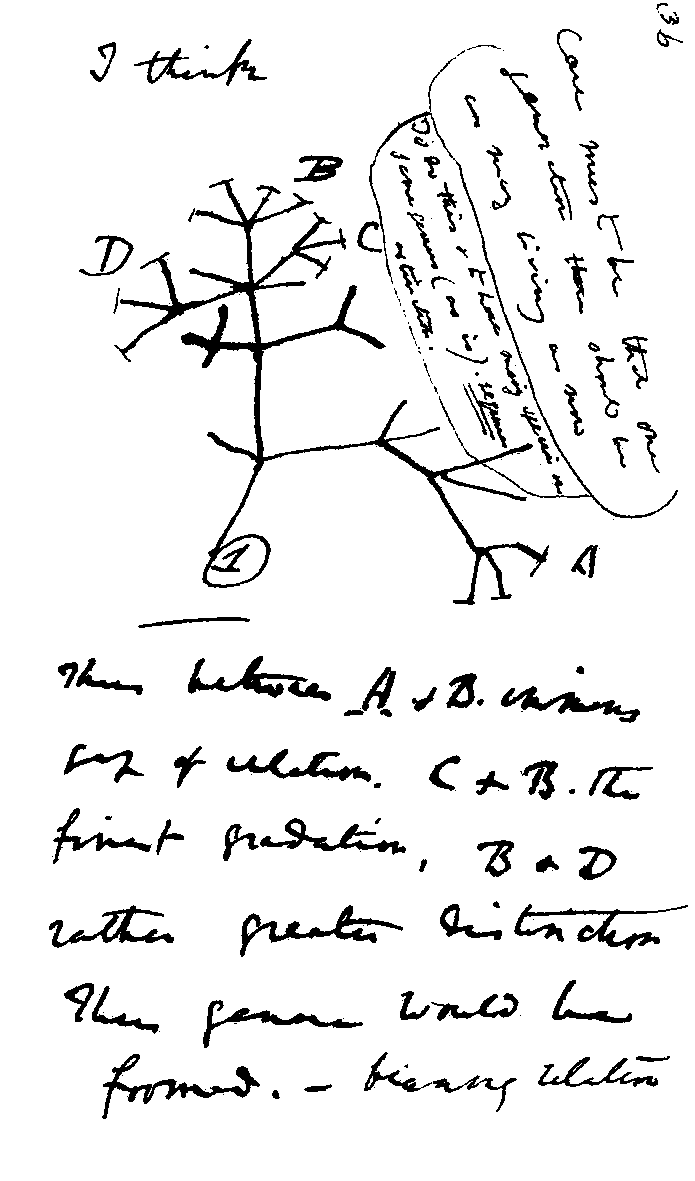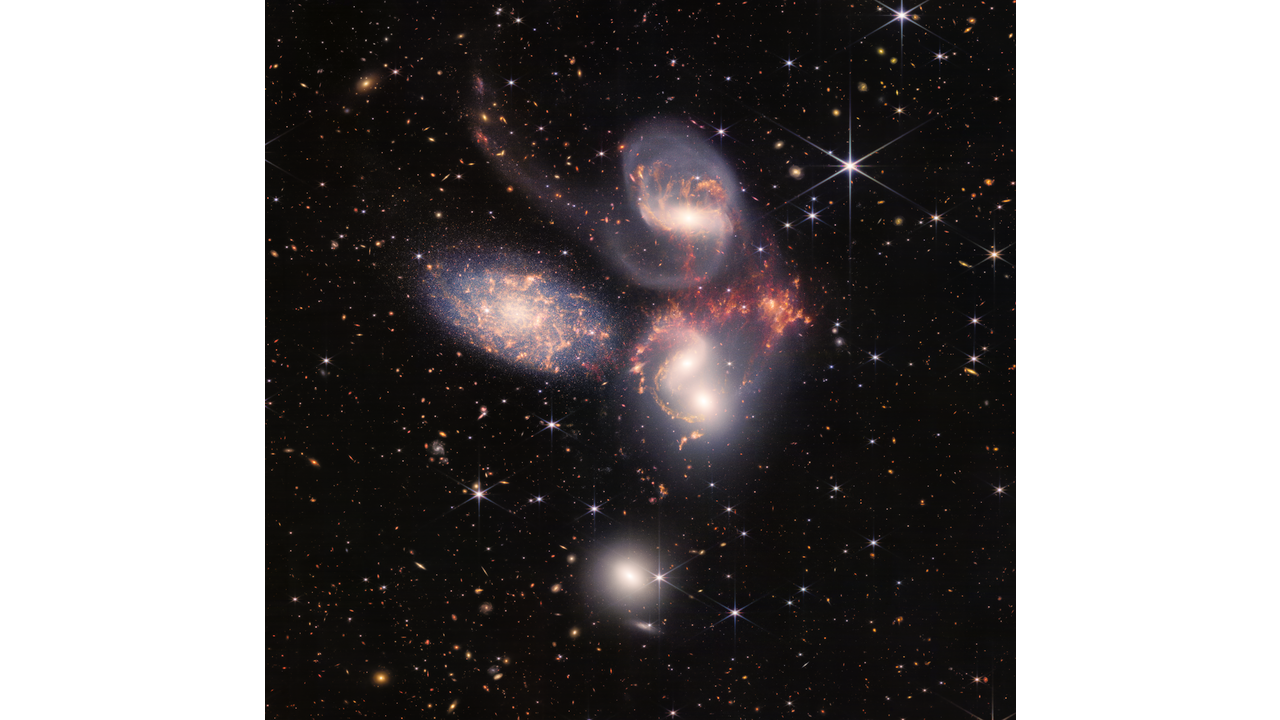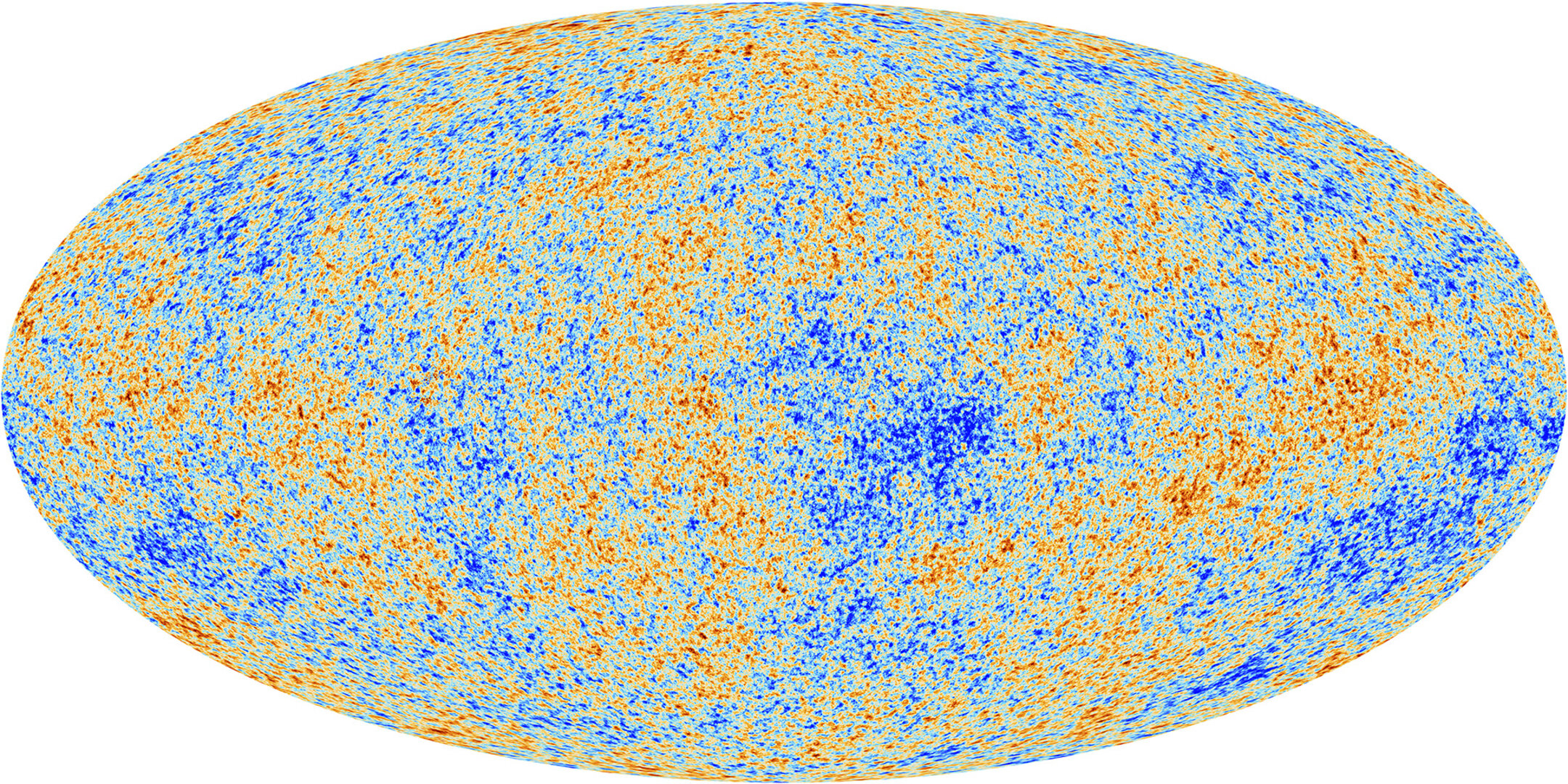Darwinian principles have shaped life on Earth. We know today that life is controlled by DNA. DNA is present in every cell of every living organism, whether animal or plant. Life began 3.5 billion years ago with simple cells and probably some kind of RNA or even less sophisticated information retention capabilities. The evolution of life is nothing short of staggering. One major step is the start of collaboration between several cells to form a superior entity. Multicellular organisms appeared quite late, probably only half a billion years ago.
Darwin's On the Origin of Species and the discovery of DNA as the repository of life information put the theory of evolution on very solid grounds. Life on Earth is evolving, and this means that gradual changes have appeared that make all living species adapted to their environment. Two ingredients are necessary: the randomness of the rare DNA mutations and the natural selection process that filters out the un-adapted ones.
The human species is no more special than any other and is completely relevant to the life of Earth. It is simply the end of a non-unique branch in the evolutionary tree.
It is, in fact, just one species. There is only one species alive today. However, evolution is limited by the generational renewal. A new trend will emerge after at least a hundred generations. For example, the lactose-tolerant adults in Europe appeared only after several thousand years of selective pressure.
We are convinced that this second evolution is being swamped by a new one, simply because the third evolution is going much faster. I will explain more about this later.


